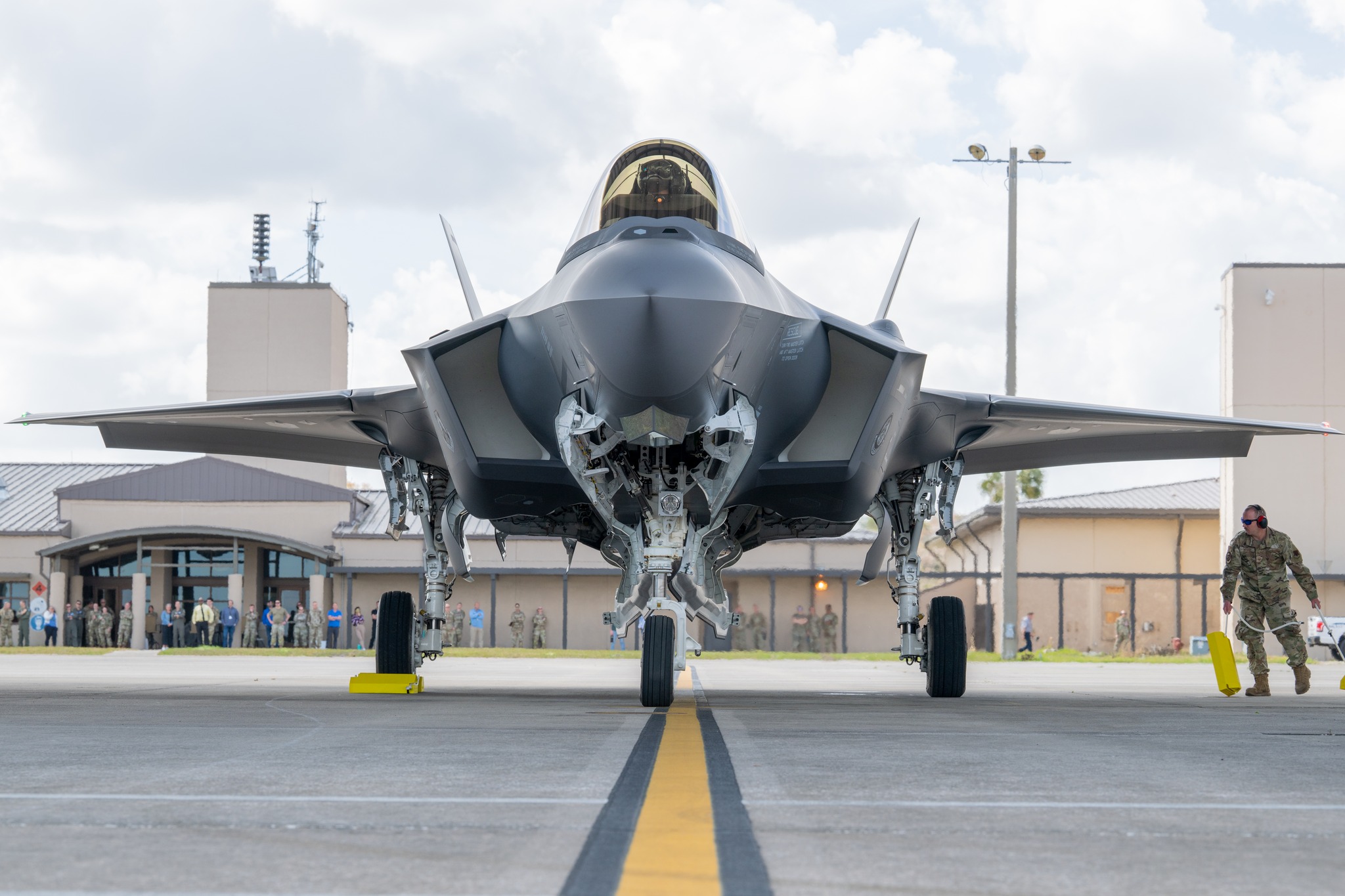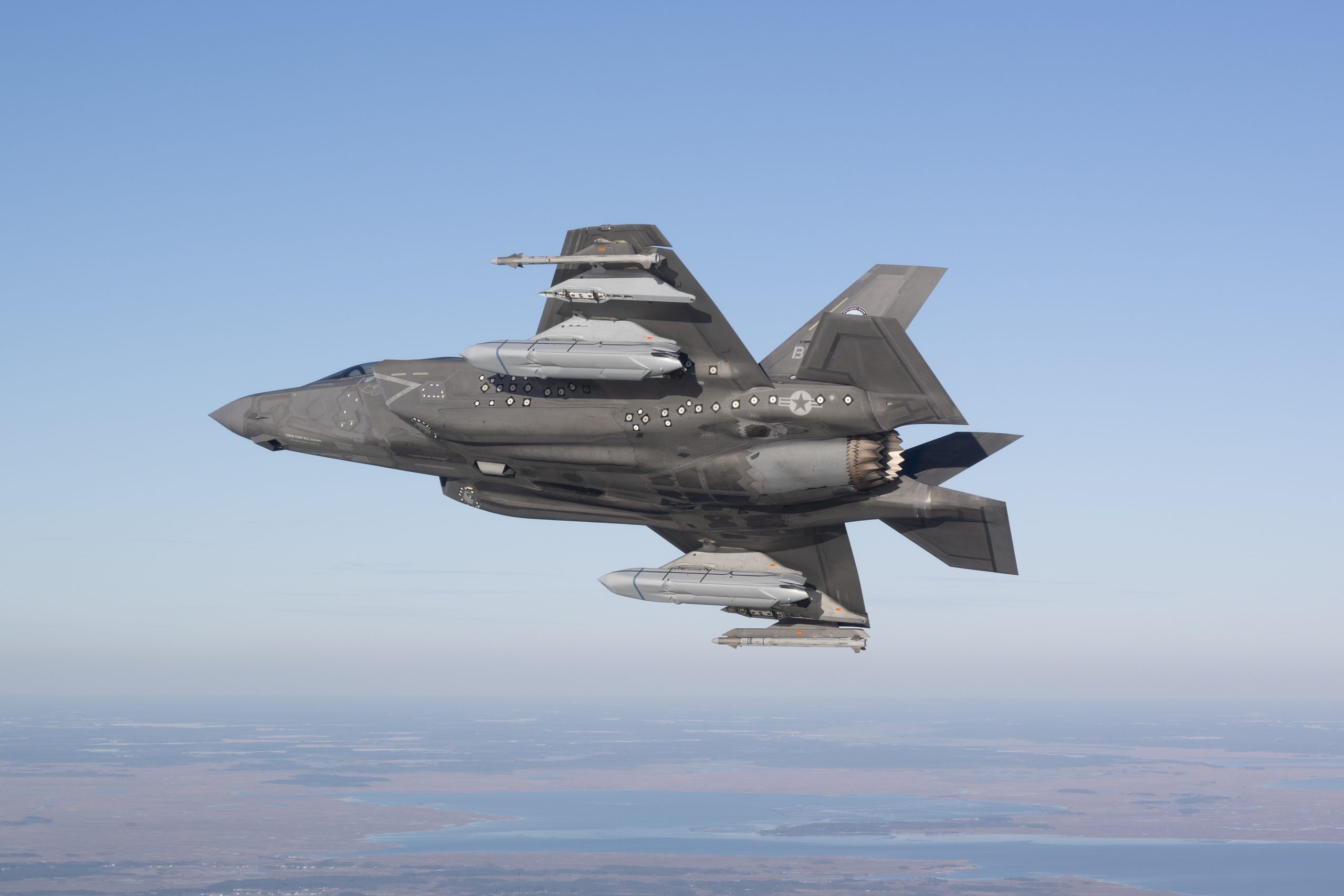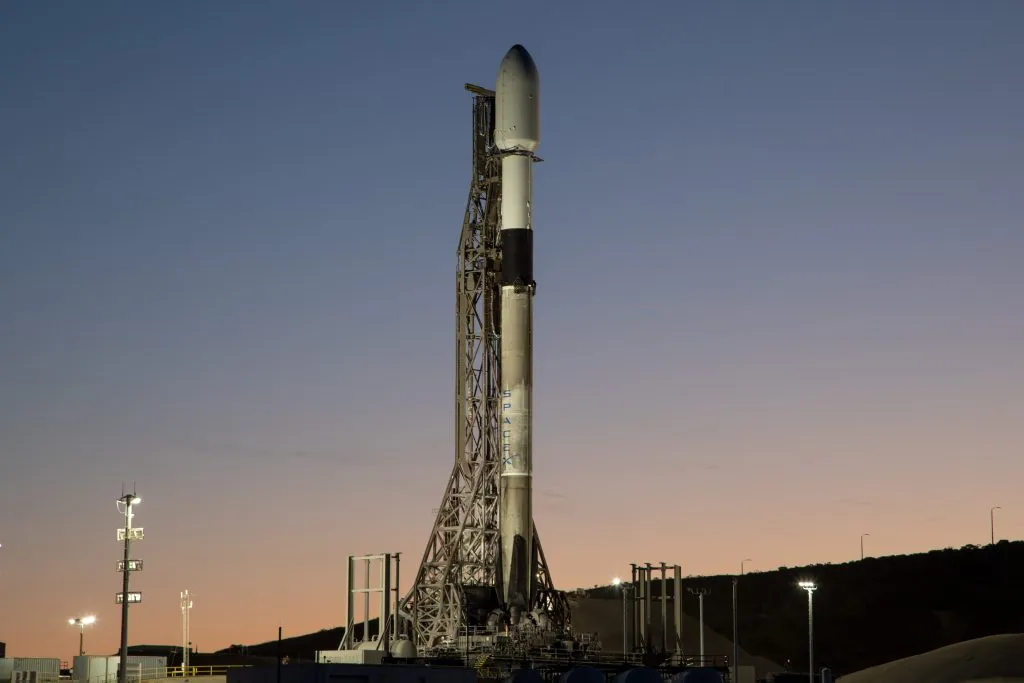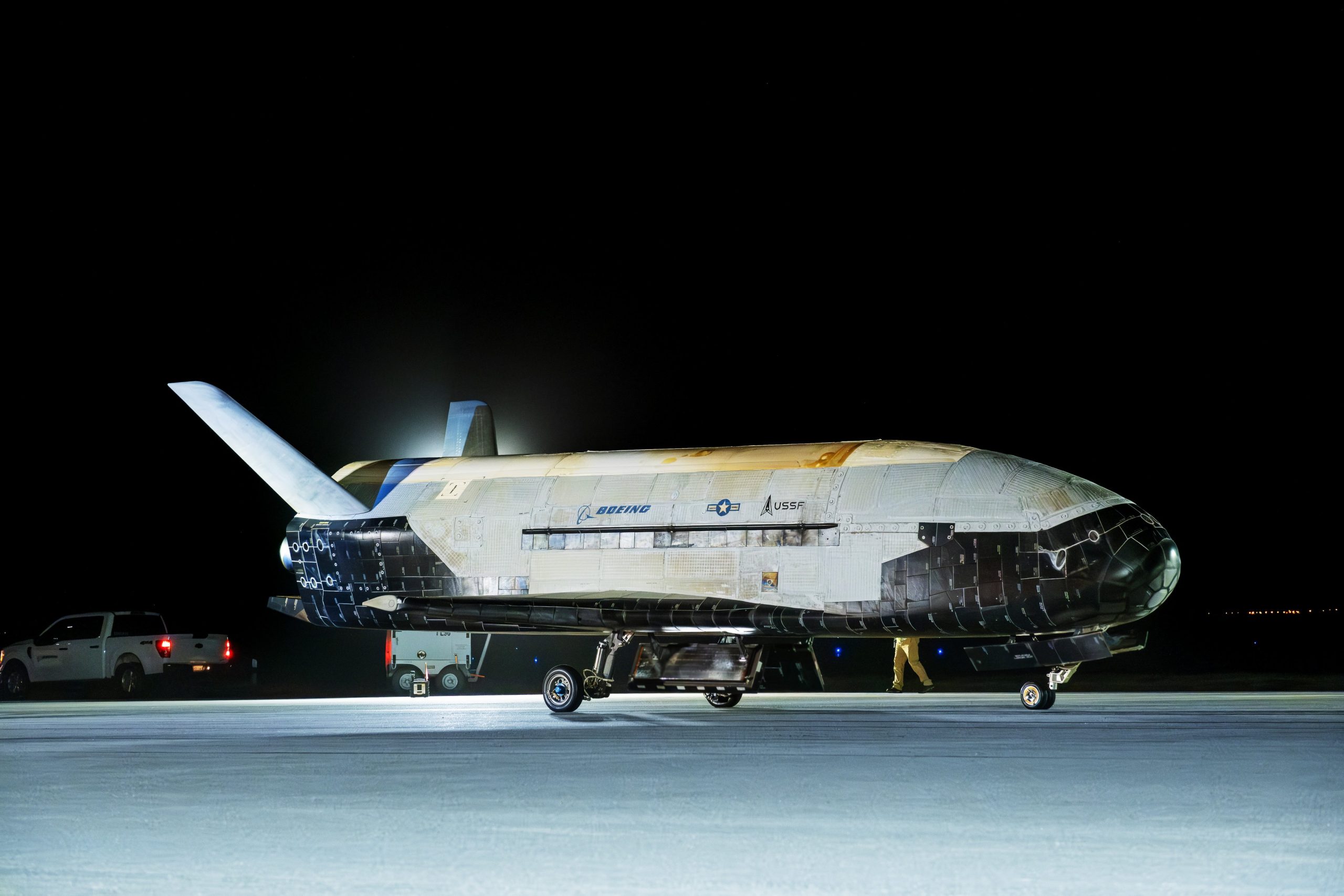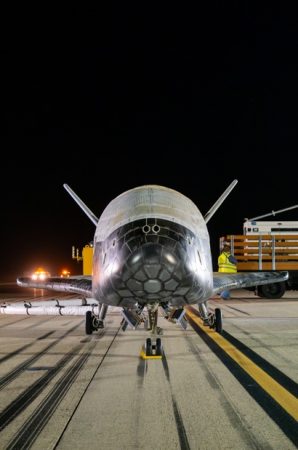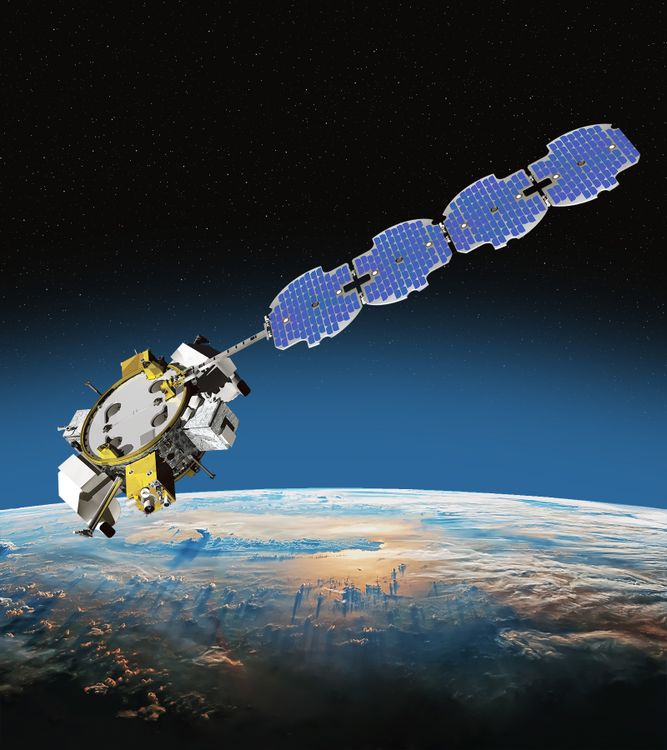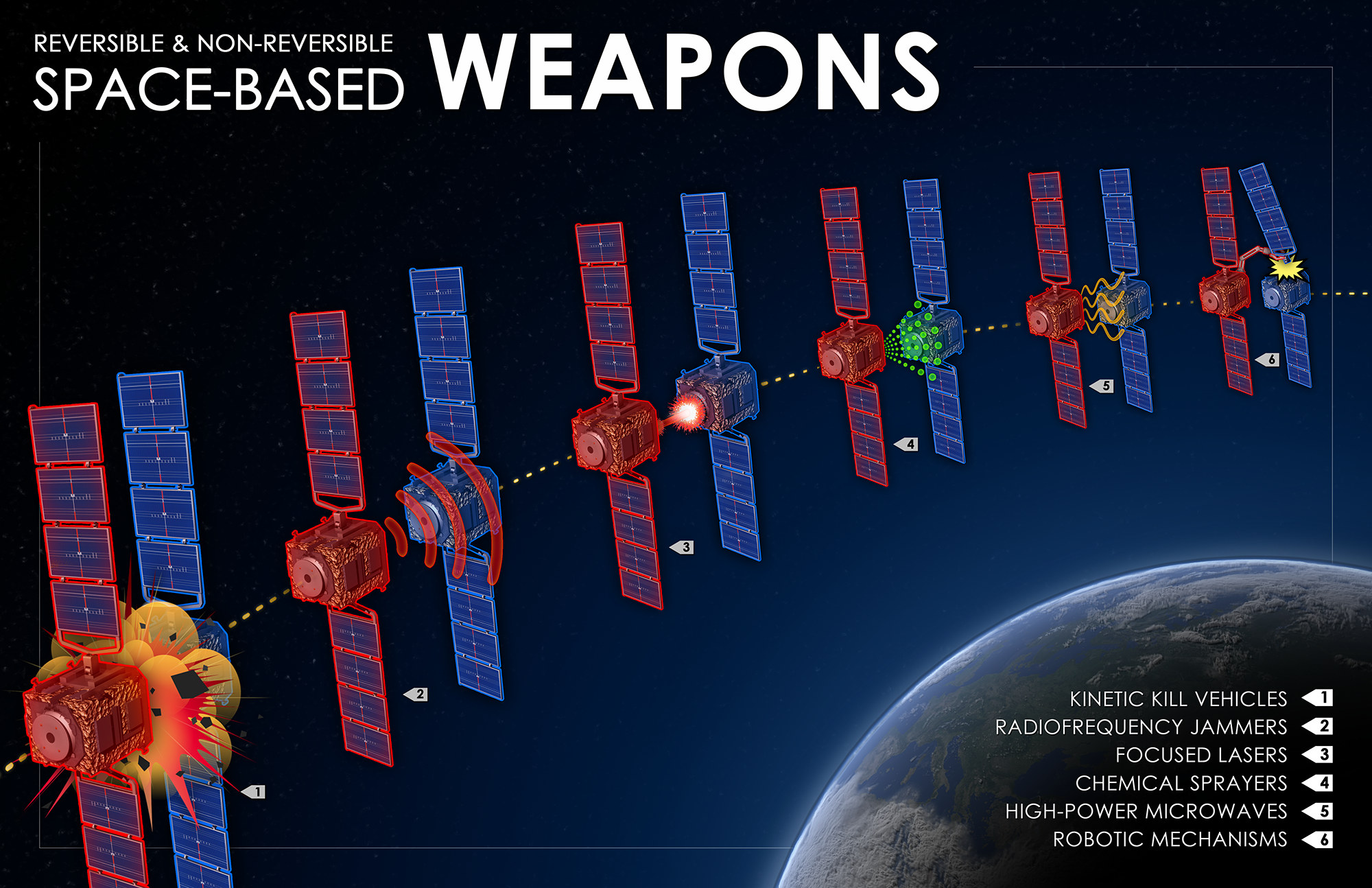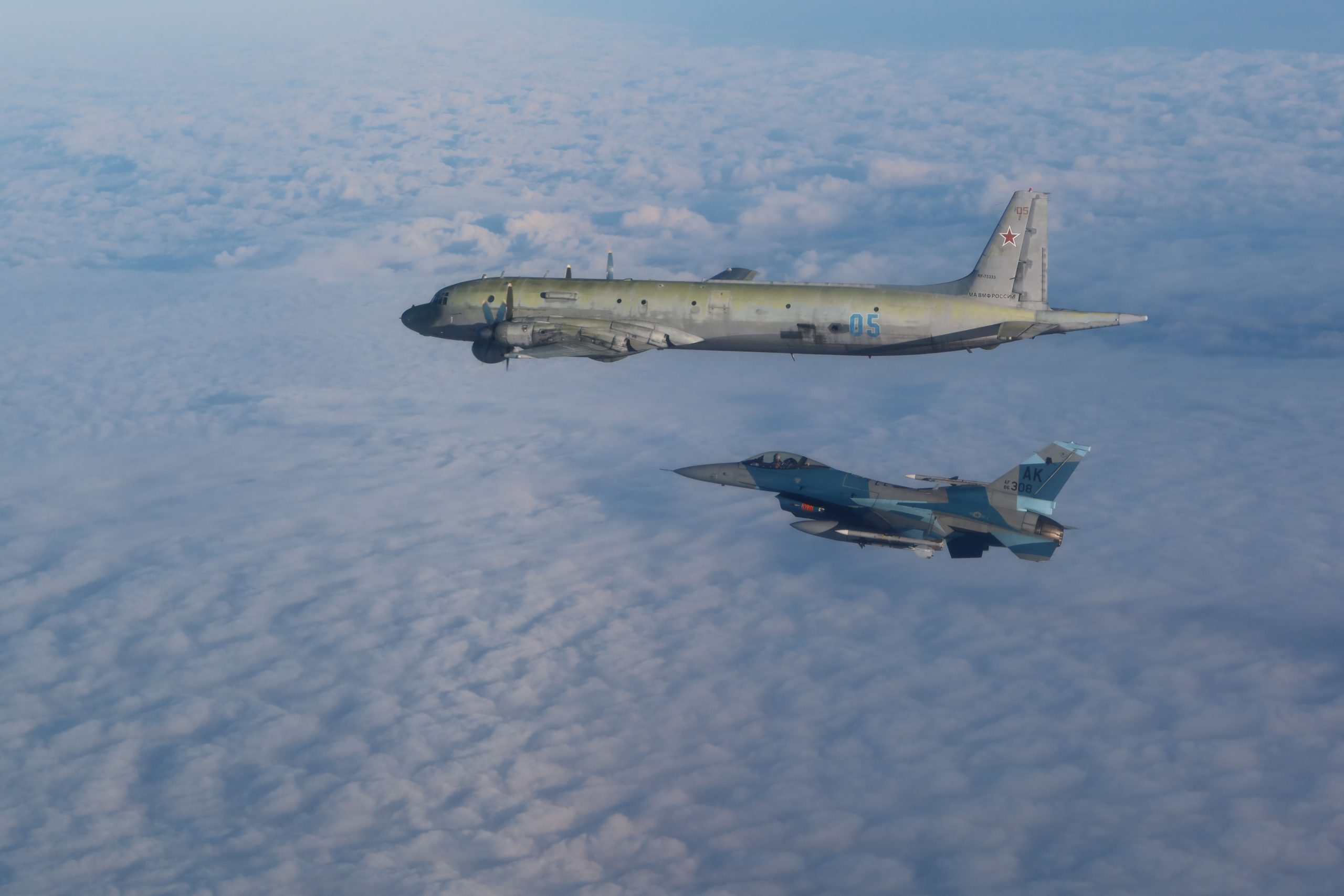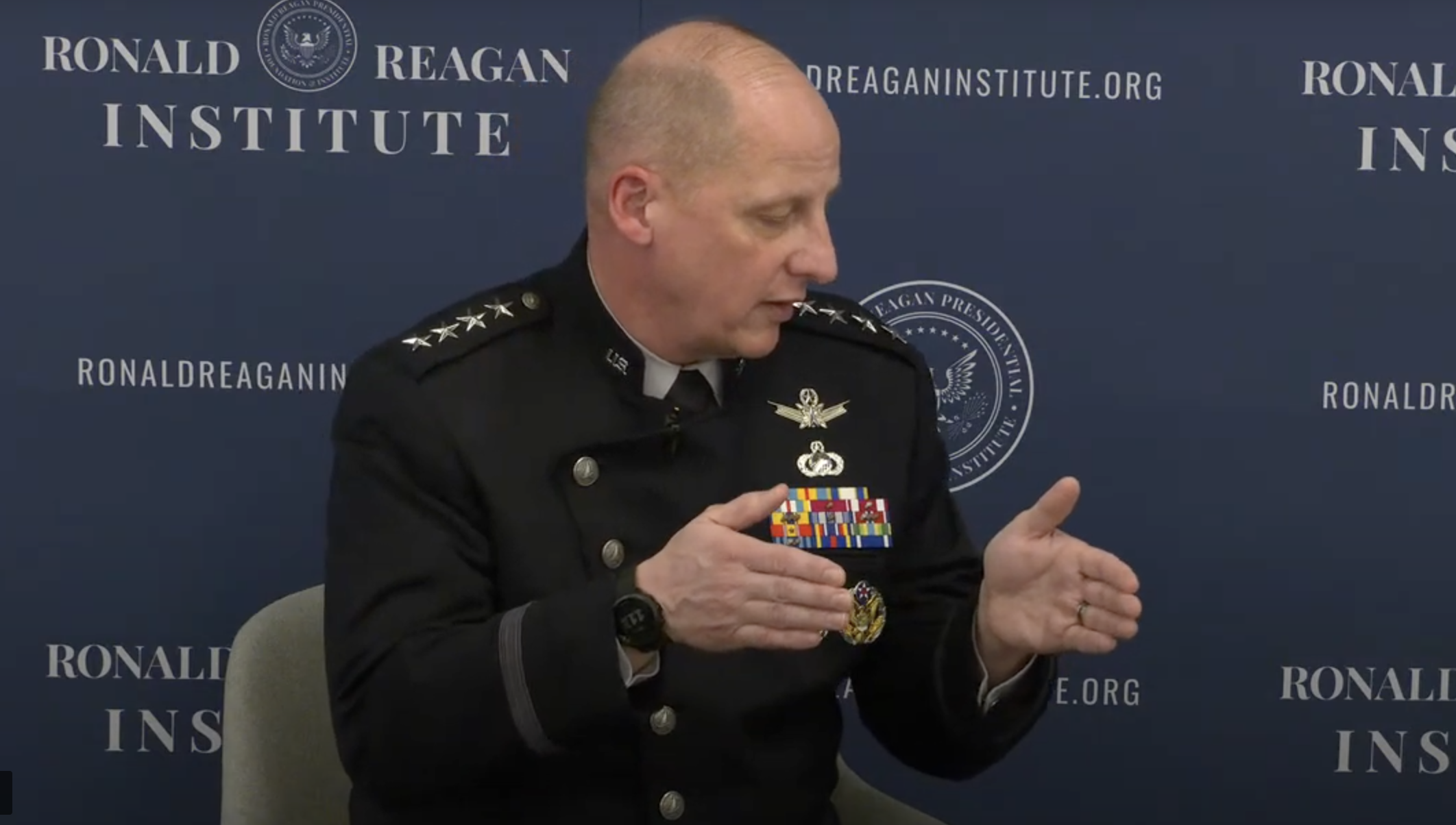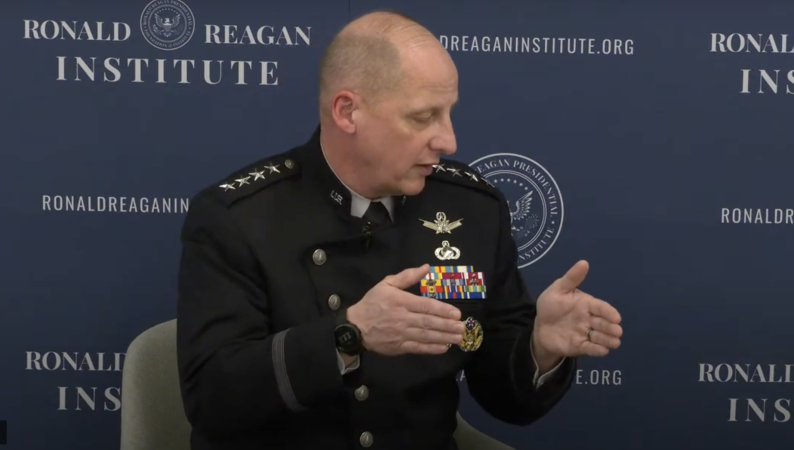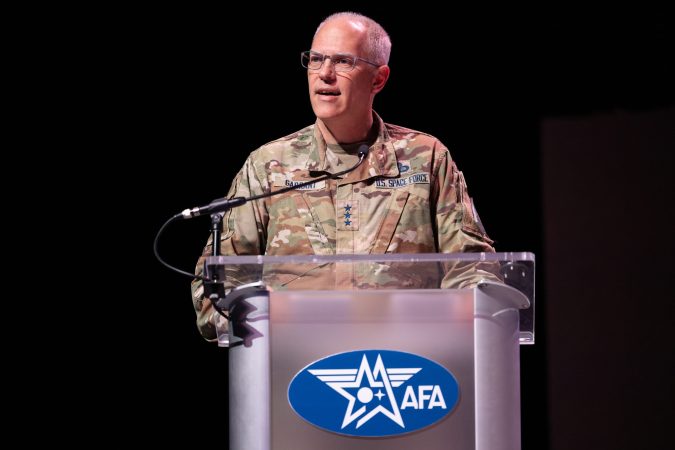The Florida Air National Guard welcomed its first F-35A jets last week as the Air Force continues to retire F-15 Eagles and aims to establish the fifth-gen fighters as the “primary aircraft securing the southeastern U.S.”
The 125th Fighter Wing, known as “the Thunder,” received three of the stealth fighters on March 4, a wing spokesperson told Air & Space Forces Magazine. While the total number of F-35As and their arrival timeline haven’t been finalized, the spokesperson added that the wing expects its F-35 fleet to be roughly equivalent to the number of F-15s it had. The 125th Fighter Wing hosts one fighter squadron, which comprises roughly two dozen aircraft.
“This advanced aircraft directly supports our national security objectives, keeping us poised to respond, dominate, and win in any battlespace,” Col. Mansour Elhihi, the wing commander said in a news release.
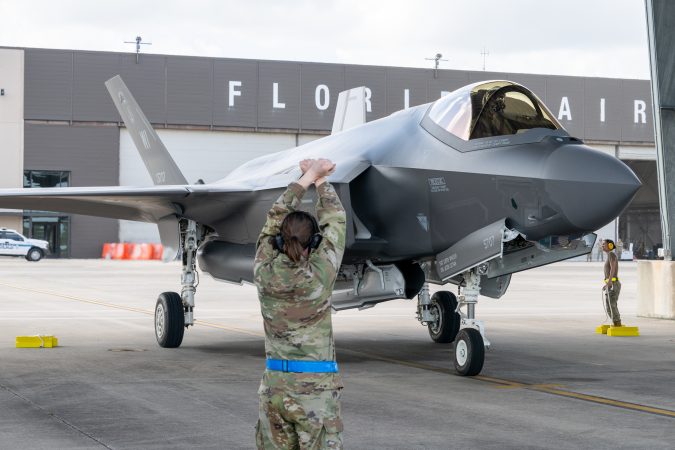
The F-35 transition is expected to boost airpower along Florida’s coastline. The wing’s pilots and maintainers are currently training with “state-of-the-art simulators and mission planning systems” to prepare for the fifth-gen fighters, according to the wing. Jacksonville, also home to Naval Station Mayport and Naval Air Station, offers an ideal setting for joint integration between the Air Force, Navy, and Marine Corps, the military said.
The service also expects the stealth integration to enhance the ACE concept—a strategy focused on rapid deployment and operating from small teams across dispersed airfields to complicate adversary targeting and ensure combat effectiveness.
“The F-35 ensures the ANG remains at the forefront of national defense,” said Maj. Gen. John D. Haas, the Adjutant General of the Florida National Guard. “It’s not just about fighting wars—it’s about deterring them before they ever start.”
For nearly two years, the Airmen at 125th Fighter Wing have been conducting conversion training and making infrastructure changes to prepare for the transition. The unit began phasing out its F-15C Eagles in 2023, with the wing sharing photos of some decommissioned aircraft being shipped to the “Boneyard” at Davis-Monthan Air Force Base, Ariz., formally known as the 309th Aerospace Maintenance and Regeneration Group. But not all of the service’s retired Eagles go to the Boneyard—some are donated to museums or for NASA’s studies, where they help capture data for airborne platforms.
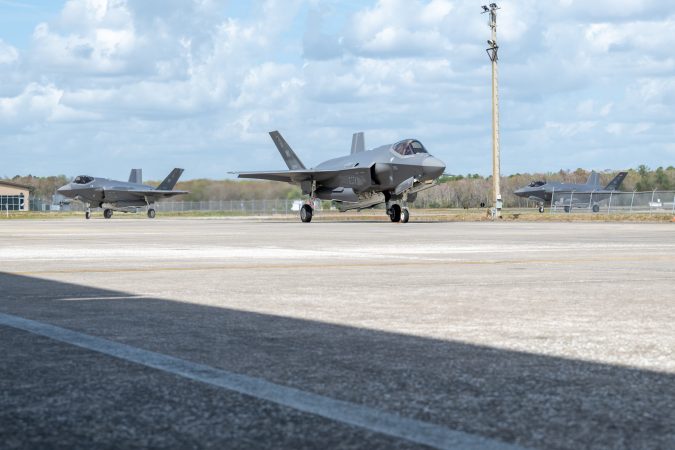
Most air bases, both domestic and abroad, are transitioning from F-15s to Lightning IIs, with plans to retire the F-15C/D fleet by 2026. However, some units are replacing their F-15s with the F-15EX, such as the 142nd Wing of the Portland ANG, which received its first F-15EX Eagle II last year, and Kadena Air Base, Japan, which will eventually receive F-15EXs.
For now, it remains to be seen whether the Florida wing’s rest of the F-35 delivery will be impacted by the manufacturer’s backlog. Lockheed Martin had to store newly built jets for nearly a year due to incomplete software testing, but resumed deliveries in July and has since worked to clear the backlog. For 2025, the company expects to deliver 170 to 190 F-35s, including both new aircraft and jets held in storage for the Tech Refresh 3 upgrade. This would be a significant increase from the 110 jets delivered in 2024 and just 98 in 2023.
The wing is now the fourth ANG unit in the nation to house the world’s most advanced stealth fighters, joining the Vermont ANG’s 158th Fighter Wing, Wisconsin ANG’s 115th Fighter Wing, and Alabama ANG’s 187th Fighter Wing.
Additionally, Barnes Air National Guard Base in Massachusetts is also poised to receive a new fleet of 20 F-35A Lightning II aircraft next year, replacing the 104th Fighter Wing’s current F-15C/D models. This decision was first announced by the Air Force in 2023, and confirmed in December following an environmental review.
